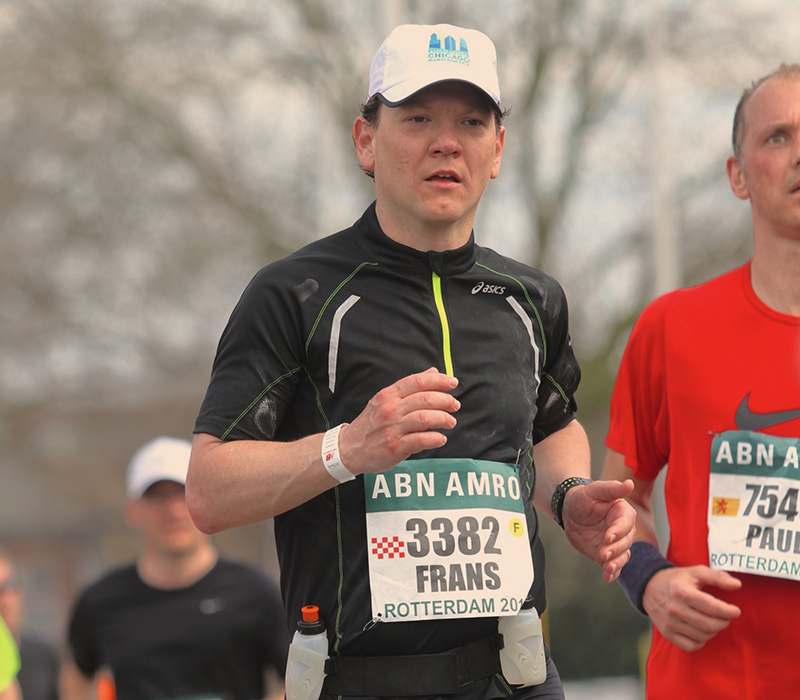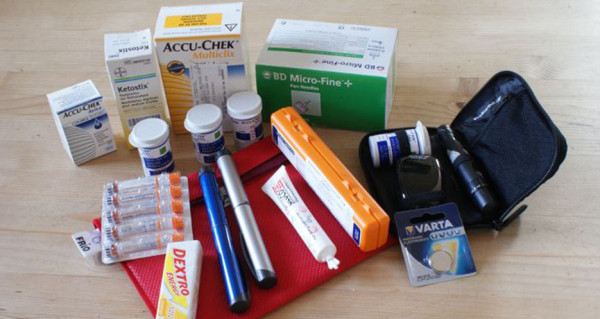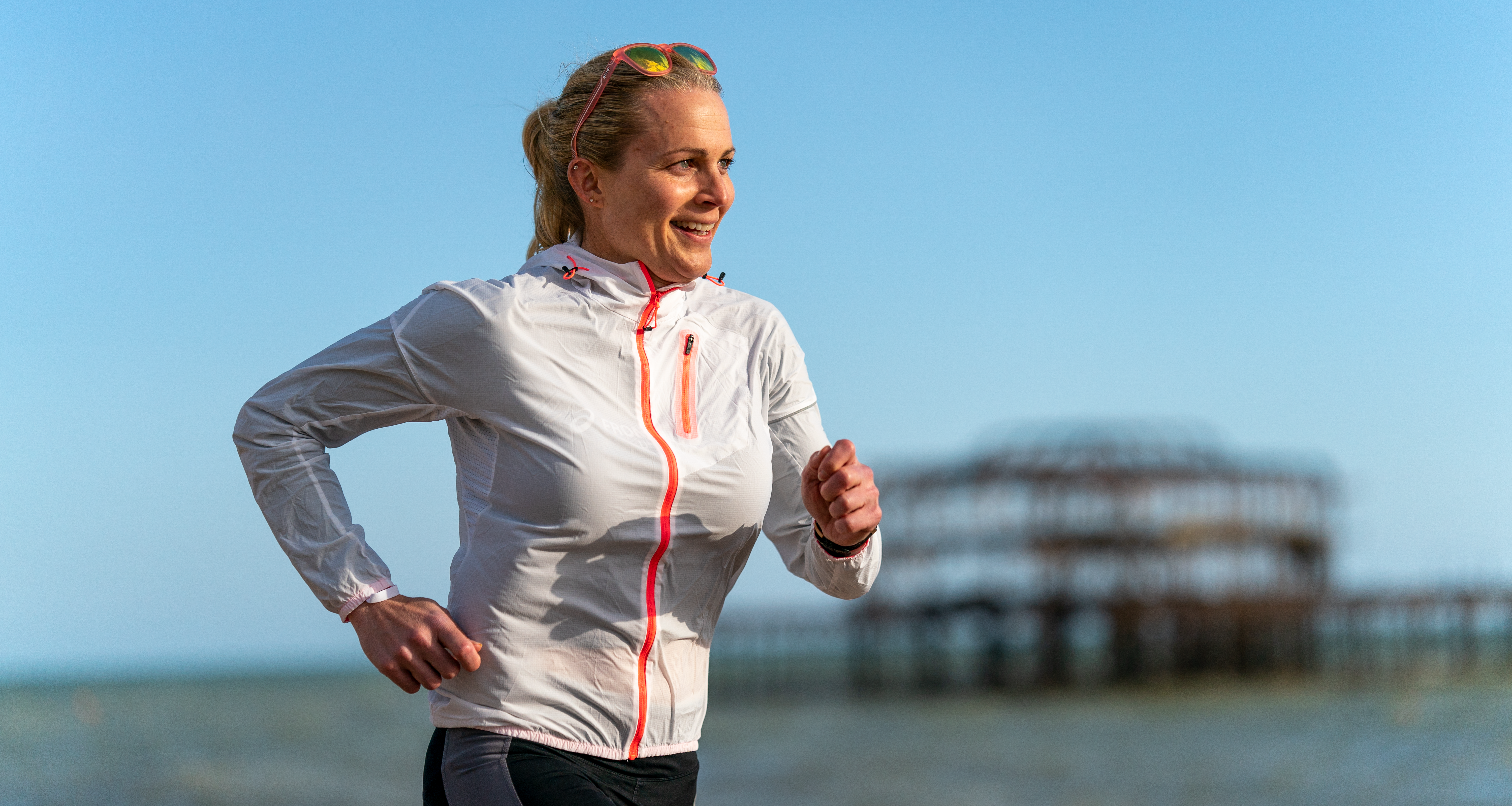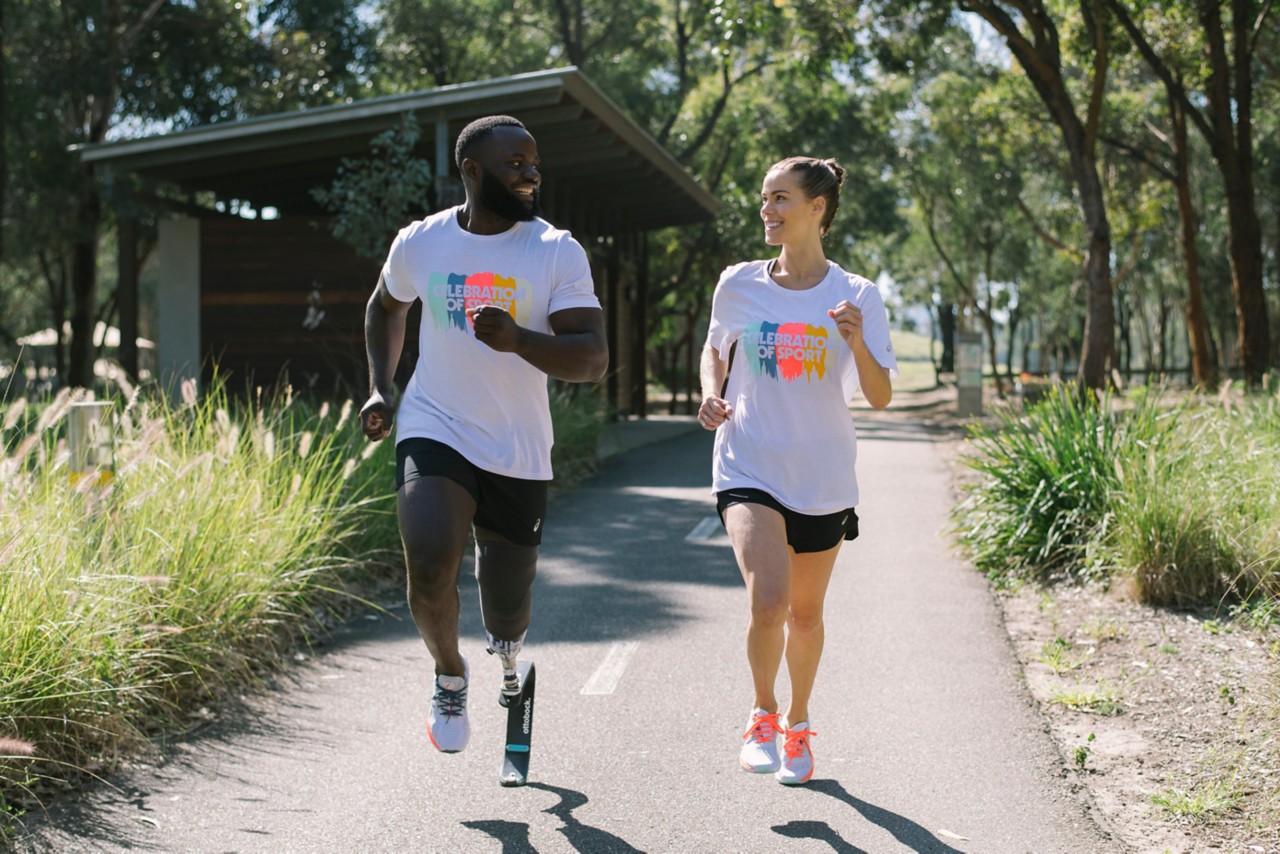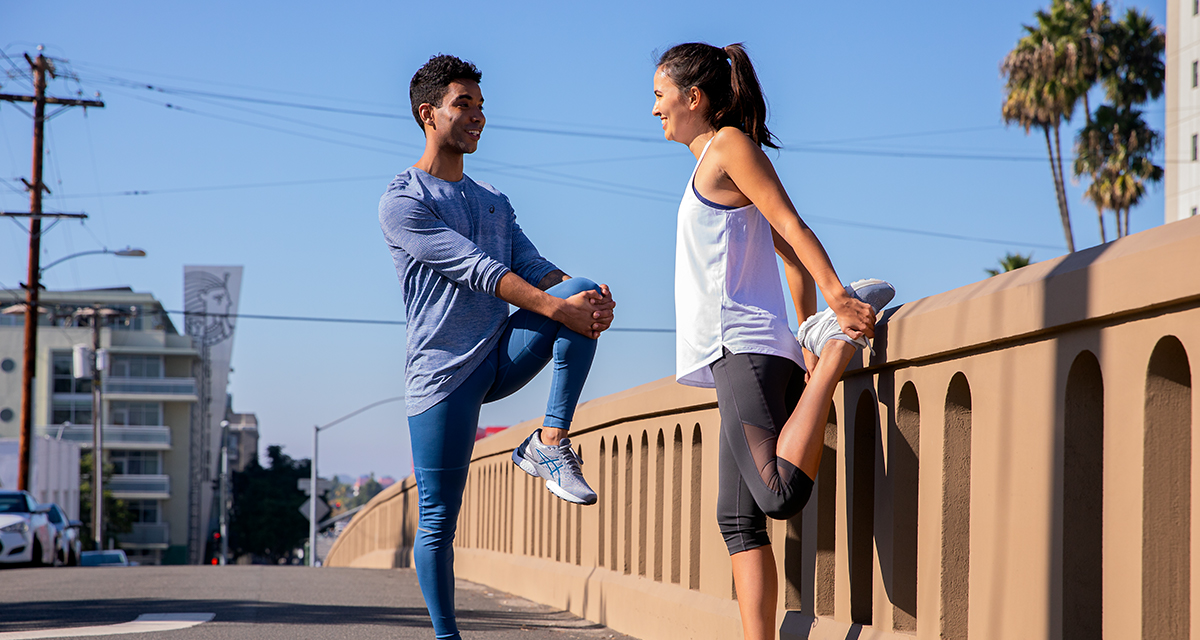Hi everyone! I’m back with my second blog for tips and tricks on running with diabetes. Part 1 is here.
Diabetes is a very stuff-intensive condition. When you acquire it, you are automatically granted access to a treasure chest of doohickies unbeknownst to mere mortals. There’s your insulin, which comes in vials, cartridges, or pre-filled pens. Then you have your syringes, insulin pens, insulin pumps, and other devices to administer insulin to your body through some form of injection. For that you need, of course, a supply of sterile needles. Then there’s your blood glucose meter, which needs test strips that come in another vial, and a lancing device (lovingly referred to in my house as “the holenizer”) for drawing blood from your finger for glucose testing, which of course needs a fresh lancet for every use. Finally there is your list of random, but necessary things like alcohol swabs, pump tubes, dextrose tablets.
To diabetics, carrying all this junk around is as vital as it is unpractical on any given day. On race day, the junk simultaneously becomes totally unpractical and exremely vital. You don’t want to carry it around, but you have absolutely no other option. The only thing left to do is make the best of a bad situation, and this is a quest I have been on ever since I started running. And now you get the benefit of all that experience. Lucky you.
The Golden Rule for Carrying Stuff
So, if you are a diabetic, and you wonder what to do with all your stuff while training or running a race, here are my golden rules for carrying stuff, based on years of experience:
- Carry as little as you can.
- Integration is beautiful.
- Technology is your friend.
Below, I will explain how I applied these rules. That means inevitably that I will be mentioning particular products and solutions. I will mention them because they are what I use, not because their manufacturers are paying me to mention them. That said, I am open to any offers, of course :)
Integration is a wave that has been going through the market for diabetes supplies and the wave is getting stronger daily now. Those of you old enough to remember will no doubt still have the vision of filling syringes from vials of insulin, or wiping the blood off a test strip with a cotton swab. Both are impossible to do while running a race.
Benefit from the progress of technology and get your kicks in the following arenas:
Administering insulin
I find drinking without choking hard to do while running. Taking injections without stabbing myself in the eye I find impossible while running. Still, especially on those really long runs—where after 15 or 20 miles you need to feed your body—you cannot deprive it of insulin while taking in carbs. Your body will retaliate immediately by absorbing muscle tissue for energy, which can be both pretty painful as well as detrimental to breaking your PB. On long runs, you’re going to need insulin. Period.
The problem with taking insulin injections while running is that it’s difficult to impossible to accomplish while your body is bouncing up and down. That is why flu shots don’t get administered to people on trampolines. No one ever takes any shot while in motion, diabetic or not. It does not work. The same goes for removing and (argh) replacing needle caps, changing needles, setting doses, finding a good injection spot, disposing of or putting away whatever it is you use to inject insulin, etc.
Different levels of integration are possible. A pen is better than a syringe. A disposable pen is better than a regular pen. An insulin pump is better than any pen: it integrates insulin storage and injection into a single device. That is good. But it also comes with a tube and a needle permanently sticking into your belly. Not great when you are running a marathon.
Time for the next level of integration: the pod. A pod lets you wear your insulin on your body, like a pump, but without the tubes and needles. There’s just a tiny canula through which insulin flows from the pod into your body. Like a band-aid, you stick the pod on the back of your upper arm or on your lower back, where it is completely out of the way while you’re running. Insulin management is done through an intelligent remote control (PDM), which conveniently fits in an SPI belt.

I use OmniPod (see picture) and love it. For me it is the solution I have been waiting for all my running life. I no longer need to bring insulin, pens, needles and alcohol swabs to a race. The pod is on my arm, the PDM is in my SPI belt. I have full control of my insulin management throughout the race. Doesn’t get much better than that. If you are a diabetic distance runner, and you’ve been messing about with insulin injections while running, stop. Get a pod. You’ll thank me later.
Measuring your blood glucose (BG)
If there is one thing you want to keep tabs on while running a large amount of miles, it is your BG level. If it drops below normal, you become like a car that runs out of gas on the highway. You stop and pull over, and it takes at least 15-20 minutes for you to eat and recover, and resume your race with a belly full of newly ingested glucose (burp) and a broken dream of a personal best. If it runs up too high, your body becomes acidic and starts digesting muscle tissue, which comes with pain, cramps, and a comparable effect on the PB. So measure you must.
The problem with BG measurement is that, like injecting insulin, it is cumbersome. There are four components to measuring blood glucose: a measuring device, a test strip, a lancing device (“holenizer”), and a drop of capillary blood. On paper, the procedure is pretty straightforward: remove strip from vial, insert strip into measuring device, switch on measuring device, take sterile lancet and insert into lancing device, place lancing device on finger, push button, squeeze finger to draw blood from newly acquired hole in finger, put blood drop on strip, wait 15 seconds, et voilà! Blood glucose measured. Easy? Not when you’re doing a 6-minute mile it’s not.
First, there is all the stuff you need. It’s all small items that need coordinated, fine motor skills. I don’t know about you, but with more than 15 miles under my belt, my fine motor skills have completely abandoned me and I become clumsy. This small stuff is then very difficult to make work. Then there’s the motion: remember your body is bouncing up and down constantly. Try fitting a lancet into a holenizer, or placing a tiny drop of blood on a plastic test strip while on a trampoline. It can be quite impossible. At best, you lose your running flow. Worst case, you drop some tiny but crucial component and have to stop and pick it up while everyone behind you needs to hit the brakes to avoid crashing into you.
Technology to the rescue once again. Step one was the creation of small size BG monitors, and there’s hundreds of those around these days. Step two was the integration of test strips into the BG monitor, which was a good thought that eventually got very badly executed, leading to mechanical failure of the test strip transportation and loading mechanisms. These things won’t last through serious race day abuse. Step 3 was the integration of more than one lancet into the holenizer (like with the Roche AccuChek SoftClix pen), which took away the need to change your lancet for every test. Great. But not great enough.
 Then finally, technology brought us the CGM (continuous glucose monitoring) system—think Dexcom G4 (see picture). This system works with a sensor on your body that measures the glucose level in the body’s interstitial fluid (that is the fluid that surrounds body cells).
Then finally, technology brought us the CGM (continuous glucose monitoring) system—think Dexcom G4 (see picture). This system works with a sensor on your body that measures the glucose level in the body’s interstitial fluid (that is the fluid that surrounds body cells).
Since it is on your body, a CGM system is able to measure continuously (well, every 5 minutes), so what you get is not just a snapshot (like with a blood drop measurement), but a trend and a prediction as well.
And that, my diabetic friends, is what you need while running. Is it coming down, or is it going up, and how fast is it doing that? A snapshot is no basis to make decisions on during a race in terms of glucose intake or insulin intake. A trend is.
 Only downside of a Dexcom G4 is that it is rather big, and, more importantly, freakishly expensive. Technological development has moved on and now there is Abbott’s FreeStyle Libre, which does the same thing but is much more convenient to use, fast (measurement in less than a second), small and ultra lightweight, and best of all: 80% cheaper. In other words, a fantastic running buddy.
Only downside of a Dexcom G4 is that it is rather big, and, more importantly, freakishly expensive. Technological development has moved on and now there is Abbott’s FreeStyle Libre, which does the same thing but is much more convenient to use, fast (measurement in less than a second), small and ultra lightweight, and best of all: 80% cheaper. In other words, a fantastic running buddy.
So again, integration has come to the rescue. With a device like the FreeStyle Libre, scanning is a breeze, even while running, and you no longer need to carry test strips, holenizers, lancets, and your BG around. All you need is the sensor on your arm and the scanner in your hand. Or SPI belt.
Bottom line, integration makes both taking insulin, and measuring BG while running, a lot easier. These two devices are how I implement the golden rules for carrying stuff while diabetic.
I embrace technology, which takes care of functional integration of different tools in the diabetes toolbox, and as a result, I minimize the stuff I have to haul around while trying to focus on my race.
The golden rule works, and I highly recommend applying it. All I take to a race these days in terms of diabetes supplies are my OmniPod PDM and my FreeStyle Libre. Two small devices to replace a bag full of junk, with, as a bonus, the best, most accurate and fastest BG monitoring and insulin control during the race that I could wish for.
I am blogging this not because I necessarily support the manufacturers of these products.
I blog this because these devices have set me free as a diabetic runner.
Together they offer the best you can get today in terms of convenience and control of your condition while running a race. No need to stop, no need to mess about, an no more surprise BG levels, high or low. Of course there is another, higher level: the PDM and the Libre scanner integrated into a single app on a single device: my iPhone, the same one I use anyway for my Runkeeper and my beats. Through the diabetes grapevine I hear it is coming. Only a few more years….
My recommendation to the 180,000 Runkeeper users with Type 1 diabetes: go try these things out if you haven’t already. They are worth it and chances are you are not going to want to go back to where you were.
In the next blog, we’ll talk about food for diabetic runners, unless anyone of you has any better ideas, to which I am always open. In the meantime, keep on running and let me know your suggestions or questions! And be sure to check out my Part 1 blog post!
